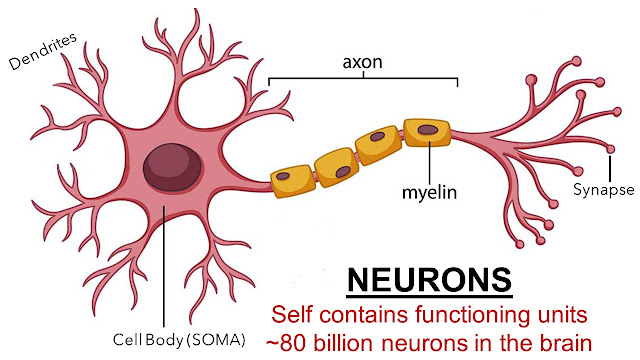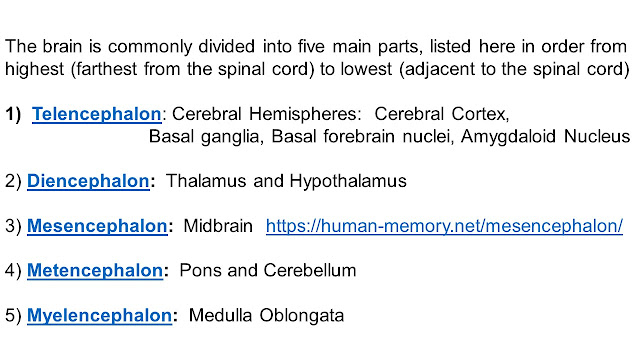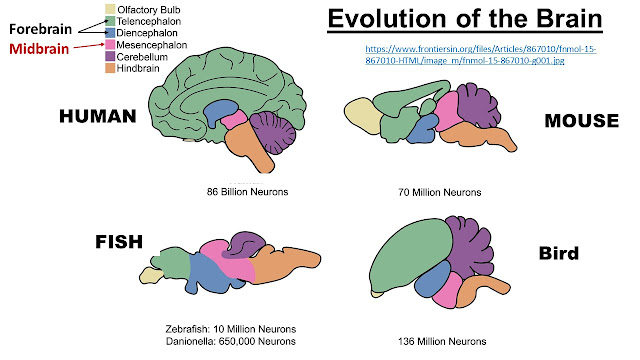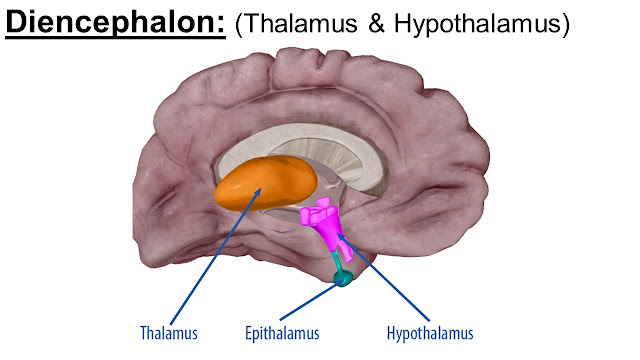Part 2 may be accessed here: How We Remember and Why We Forget
Part 3 may be accessed here: Alzheimer's Disease
Part 4 may be accessed here: Well Being in Old Age and Sleep
It was a pleasure to find really enthusiastic audience for a 12-hour course at the Centre for Life-long Learning (CLL) at Strathclyde University during April/May 2023. The synopsis of the course is as follows:
Human brains are the most complicated objects in the Universe; memories are forever but can be so unreliable, and forgetting is critical for sanity. The way we live now does not help – Alzheimer Disease (AD) is on the rise; it is the most feared disease of old age. Join me to explore how the brain constructs/retains/alters memories. Learn how AD develops and that self-help is the best cure. Sleep, diet and exercise are most important for good mental and physical wellbeing; ‘blue-zone’ communities have largely avoided chronic diseases afflicting the modern world – including AD. Much can be learnt from how they live.
***************************************************
In the following, I am publishing the slides used for the course. The course material was roughly divided in four parts:
1. Structure and function of the human brain
2. Memory
3. Ageing Brain and Alzheimer's Disease
4. Well being in older age (with particular emphasis on sleep)
***************************************************
Please click on a slide to see its full-page view.














































































No comments:
Post a Comment